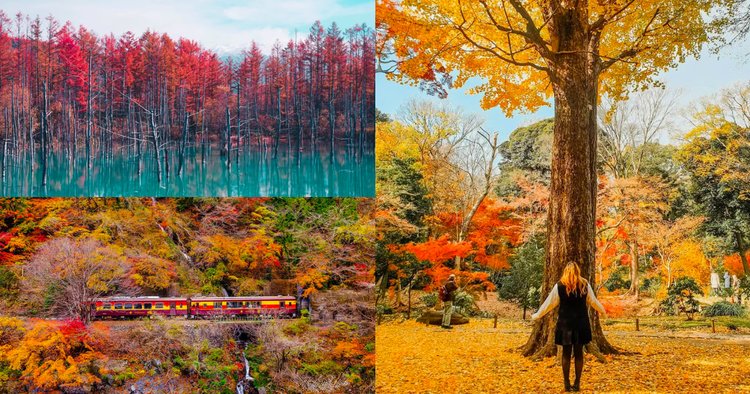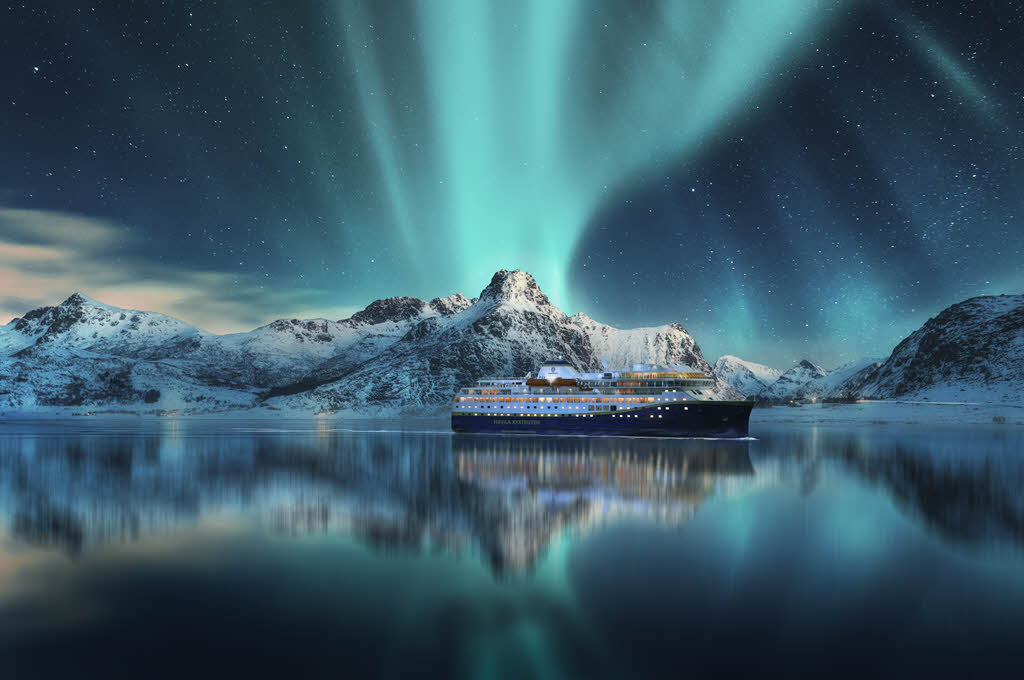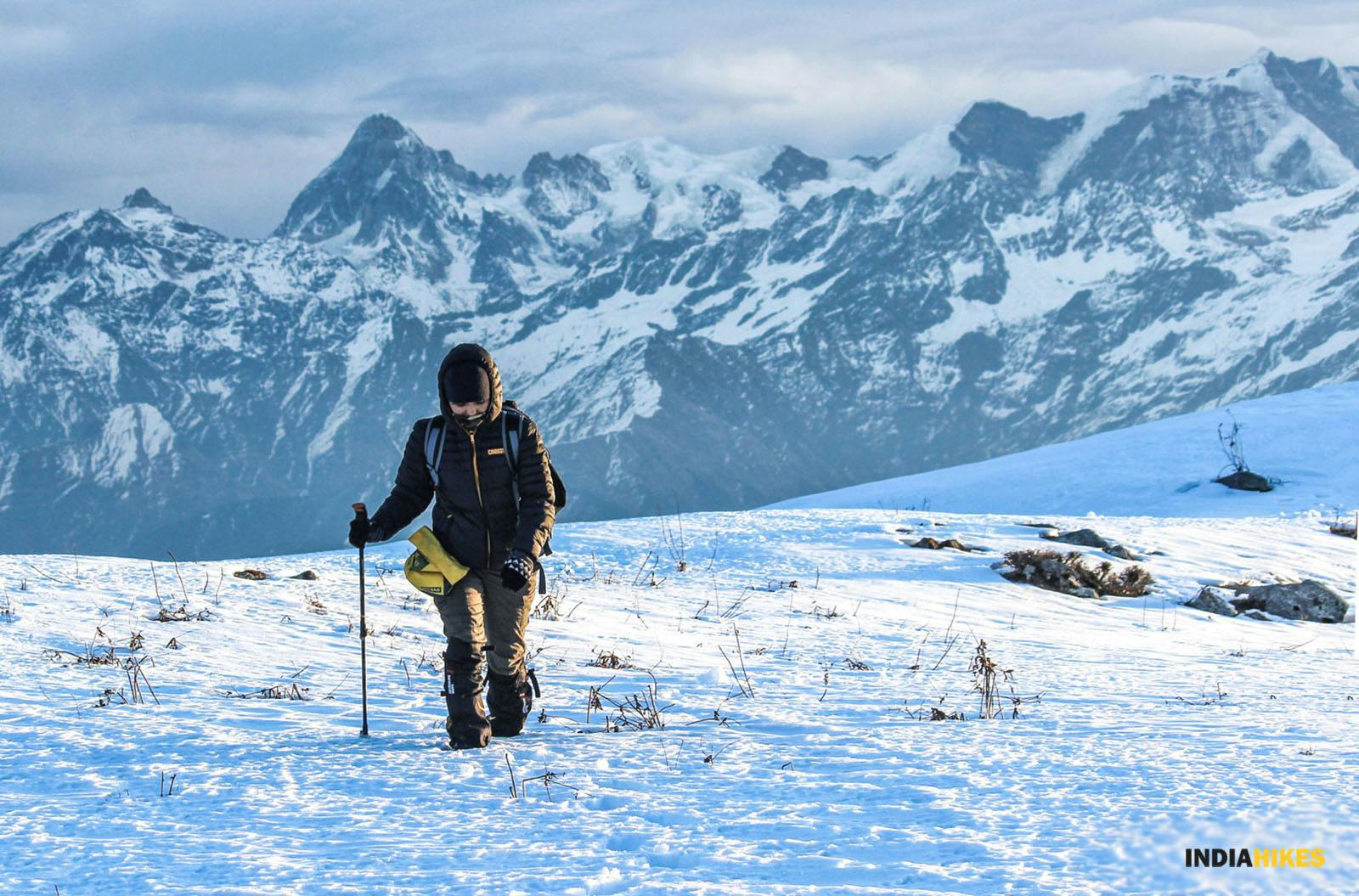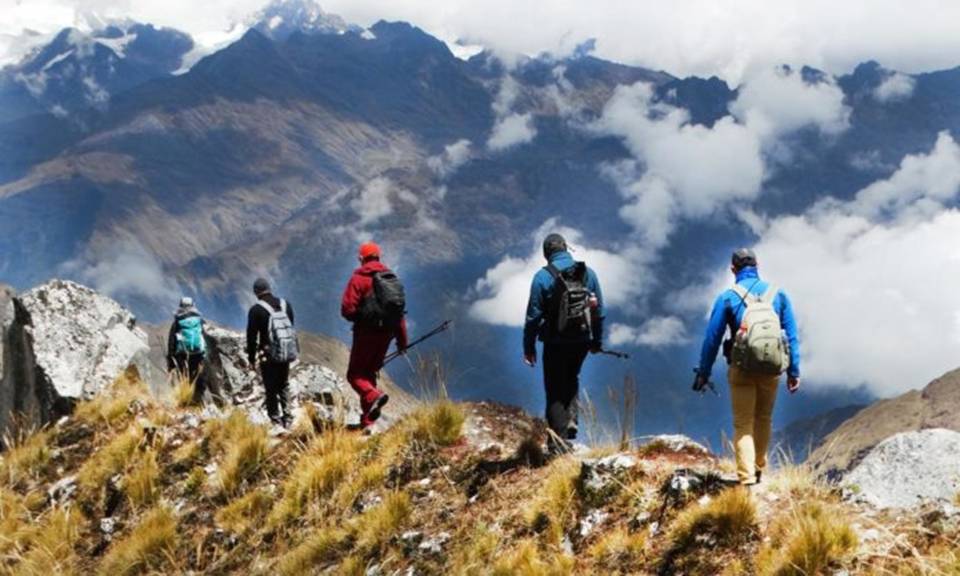Trekking in Different Seasons: Choosing the Right Time for Your Adventure
Embarking on a trekking adventure is not merely a physical pursuit; it is an immersive journey that allows individuals to forge a profound connection with nature, push their limits, and uncover the breathtaking beauty of diverse landscapes. Central to this experience is the strategic choice of the trekking season, each of which brings its own unique charm, challenges, and opportunities for trekkers. In this detailed exploration, we will delve into the nuances of trekking across the four seasons, guiding you to choose the perfect time for your next thrilling adventure.
Spring: Blooms and Mild Weather
Spring, often celebrated as a season of renewal, holds a special allure for trekkers. The landscape transforms into a vibrant tapestry adorned with blossoms, lush greenery, and the sweet fragrance of awakening flowers. Particularly in regions that experience a harsh winter, spring signifies the end of frosty days, ushering in a more comfortable environment for trekkers.

Mild weather is a significant advantage of trekking in spring. The temperatures are generally moderate, striking a harmonious balance that allows hikers to cover longer distances without enduring the extremes of scorching heat or bone-chilling cold. The thawing snow contributes to the rejuvenation of rivers and waterfalls, creating picturesque scenes along the trekking routes.

Popular spring trekking destinations include the majestic Himalayas, the iconic Appalachian Trail in the United States, and the enchanting Swiss Alps. These regions offer not only breathtaking views of snow-capped peaks but also meadows painted with a myriad of colors, providing trekkers with an enchanting and invigorating experience.
Summer: Longer Days and Alpine Bliss
Summer emerges as the preferred season for those seeking extended daylight hours and warmer temperatures. The elongated days not only facilitate more exploration but also provide additional time to revel in the awe-inspiring landscapes. Alpine regions, in particular, showcase their magnificence during the summer months.

The warmth of summer breathes life into alpine meadows, creating a visual feast with a plethora of wildflowers carpeting the terrain beneath towering peaks. Trails at higher altitudes, which might be inaccessible due to snow in the earlier seasons, become more welcoming as they unveil their true splendor.

However, it's essential to acknowledge that popular trekking destinations may experience crowding during the summer months. To escape the hustle and bustle, trekkers can opt for less frequented trails or plan their trips during the shoulder seasons for a more serene experience.
Autumn: A Tapestry of Colors
Autumn, a magical interlude marked by a symphony of colors, entices trekkers with its breathtaking display of foliage. The crisp air and cooler temperatures create a refreshing atmosphere, making autumn an appealing season for outdoor enthusiasts. Deciduous forests, especially in regions like the northeastern United States, the European Alps, or parts of Japan, offer a unique visual spectacle during this time.

Trekkers traverse winding paths through a tapestry of vibrant foliage, creating an immersive and unforgettable experience. Autumn is also an excellent time for trekking in mountainous regions, as clear skies and reduced precipitation enhance visibility, allowing trekkers to savor panoramic views of distant peaks.

Popular autumn trekking destinations include the iconic Grand Tetons, the rugged Scottish Highlands, and the majestic Japanese Alps. These areas provide trekkers with the chance to witness the beauty of autumn in its purest form, with landscapes adorned in hues of red, orange, and gold.
Winter: A Serene Snowscape
While winter trekking poses unique challenges, it offers a serene and enchanting experience for those willing to brave the cold. Snow-covered landscapes transform trails into pristine wonderlands, and the hushed stillness of winter creates a sense of solitude unlike any other.

Trekking in winter necessitates meticulous planning and preparation, as the weather can be harsh and unpredictable. However, for those equipped with the right gear and skills, the rewards are immense. Snow-covered peaks, frozen lakes, and crystalline icicles hanging from rocks add a magical touch to the winter trekking experience.
 Popular winter trekking destinations include the Norwegian Fjords, the rugged Canadian Rockies, and the enchanting High Tatras in Slovakia. These areas offer trekkers the chance to witness the beauty of winter in its unadulterated form, with landscapes draped in a pristine blanket of snow.
Popular winter trekking destinations include the Norwegian Fjords, the rugged Canadian Rockies, and the enchanting High Tatras in Slovakia. These areas offer trekkers the chance to witness the beauty of winter in its unadulterated form, with landscapes draped in a pristine blanket of snow.
Factors to Consider When Choosing a Season:
Weather Conditions:
- Scrutinize the typical weather patterns of the region you plan to trek in during each season.
- Consider temperature variations, precipitation levels, and potential weather hazards.
Trail Conditions:
- Some trails may be impassable or dangerous during certain seasons due to snow, mud, or other factors.
- Conduct thorough research on trail conditions and accessibility for your preferred trekking season.
Crowds:
- Be aware that peak seasons may attract more trekkers, leading to crowded trails and accommodations.
- If you value solitude and a more tranquil experience, consider trekking during the shoulder seasons.
Wildlife and Flora:
- Different seasons offer varying opportunities to witness wildlife and experience diverse flora.
- Tailor your trekking plans based on your interests, whether it's blooming flowers, migratory birds, or the changing colors of leaves.
Personal Preferences:
- Allow your comfort level with temperature extremes and weather conditions to guide your decision.
- Reflect on your physical fitness and whether you prefer warmer or cooler temperatures during your trekking adventure.
Conclusion:

Choosing the right season for your trekking adventure is a pivotal decision that can significantly impact your overall experience. Whether you are drawn to the vibrant blooms of spring, the alpine bliss of summer, the captivating tapestry of autumn, or the serene snowscape of winter, each season offers its own unique allure. By considering factors such as weather conditions, trail accessibility, crowd levels, and personal preferences, you can tailor your trekking experience to align with the season that resonates most with your spirit of adventure. So, lace up your hiking boots, pack your gear, and embark on a trekking journey that will leave you with enduring memories of the beauty and wonder of the great outdoors.


